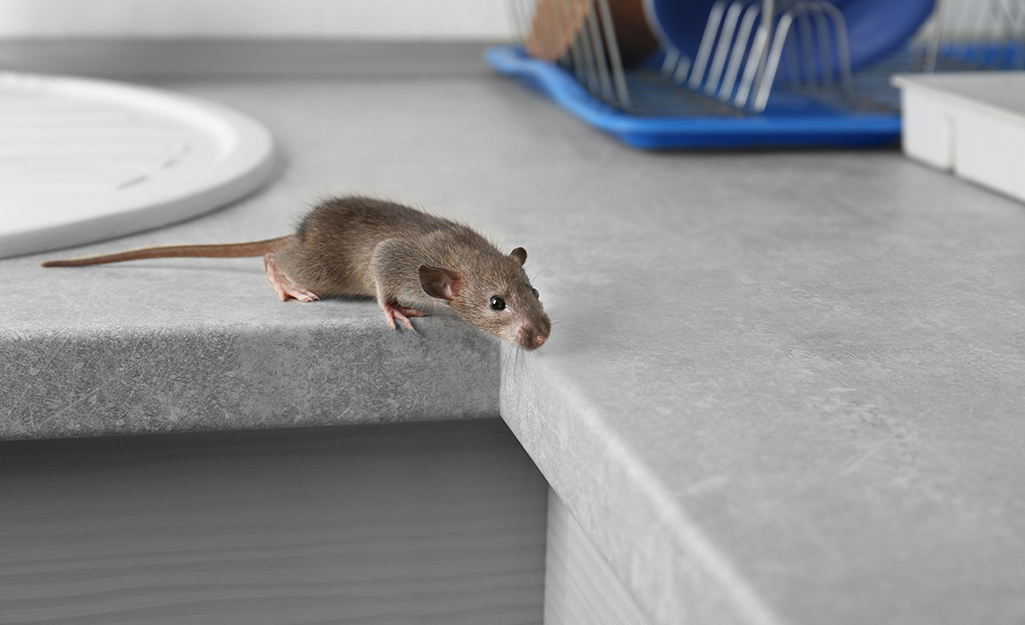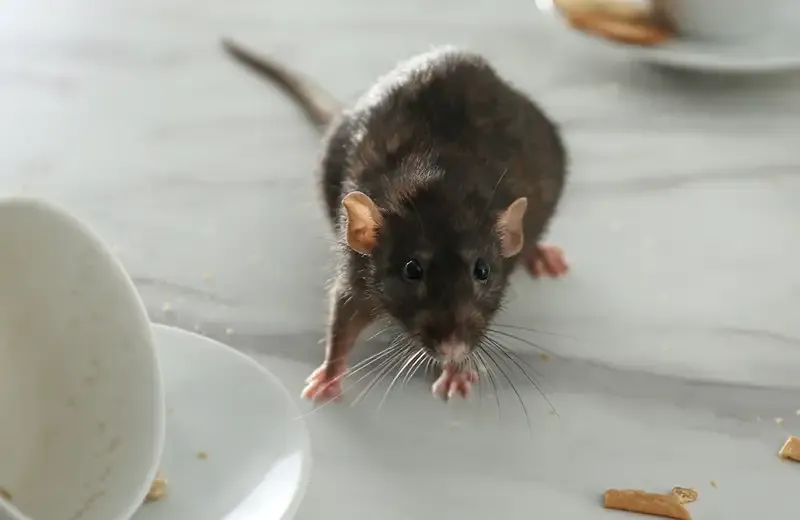Preventing Pest Damage to Home Foundations: Smart Strategies
Share
When it comes to safeguarding your home, preventing pest damage to home foundations should be at the forefront of your maintenance checklist. A strong foundation is critical to the longevity and safety of your house, but unwanted pests can compromise its integrity. In this article, we'll explore how you can protect your home foundation from pest damage effectively and proactively.

Why Foundation Protection is Key
The foundation of your home is like its backbone. It's the structural element that keeps everything else in place. However, pests such as termites, ants, and rodents find foundations to be the perfect entry points. These creatures are not only relentless but also efficient at exploiting weaknesses in your homes base. This is why preventing pest damage to home foundations is an essential aspect of home maintenance.
Understanding the extent of the problem is crucial. It's not just about preventing initial damage but also about breaking the cycle of problems that pests can cause. According to this guide on DIY pest control strategies, addressing pest issues before they become full-blown infestations is far less costly and damaging in the long run.
Identifying Common Pests Threatening Foundations
Termites: Silent Destroyers
Termites are often referred to as 'silent destroyers' for a reason. These insects can chew through wood, flooring, and even wallpaper undetected. A termite colony in your foundation can quickly escalate to an infestation throughout your home. Prevention involves securing your home with effective pest control measures and regular inspections.
Ants and Their Destructive Pathways
While ants seem harmless, they can cause significant structural damage when left unchecked. They erode soil around the foundation and sneak into cracks, potentially disrupting the stability of the foundation. Discover tips for keeping these industrious insects at bay in how to keep pests out.
Rodents: Persistent Invaders
Rodents like rats and mice pose a threat not only due to their gnawing habits that can damage foundations and wiring but also because of the health risks they carry. Rodent-proofing your foundation is vital to safeguarding your home.
Strategies for Foundation Pest Prevention
Sealing Entry Points
One of the best ways to prevent pests from infiltrating your foundations is to block their entry. Inspect for cracks and crevices in your foundation, and seal them using materials like caulk or concrete. Regular maintenance, coupled with professional inspections, can significantly reduce the chances of pest invasions.
Moisture Control
Pests are attracted to moist environments. Ensure that your home has proper drainage systems, and keep gutters free of debris to prevent water from pooling near the foundation. Installing dehumidifiers in basements can also help maintain a dry and pest-free environment.
Maintaining Proper Landscaping
While greenery can enhance the beauty of your home, it also provides shelter for pests. Keep shrubs and trees trimmed back from the foundation, and use hardscaping materials like gravel and rocks instead of mulch close to the foundation to deter pests.
Explore practical landscaping approaches to discourage pest habitats in effective pest control in rentals.
Professional Pest Control and Monitoring
Sometimes, DIY approaches aren't enough. Engaging professional pest control services can offer advanced solutions like baiting systems and regular monitoring. These services often inspect for signs of activity that might be missed by an untrained eye.
Resources such as EPA's pest control guidelines offer further insight into safe and strategic pest management practices.
Consequences of Neglect
Ignoring pest control can lead to more severe structural issues over time, which can be costly. Repairing a damaged foundation can range from simple fixes to expensive renovations. Regular prevention measures are indeed an investment for long-term savings.

FAQ
Q1. How do termites usually enter home foundations?
A1. Termites often enter foundations through small cracks or gaps in the foundation, searching for food sources like wood and cellulose materials.
Q2. Can natural or DIY methods effectively prevent pest damage?
A2. Yes, many homeowners successfully use natural or DIY pest prevention, such as sealing entry points and managing moisture. However, the effectiveness can vary based on the local pest population and environmental factors.
Q3. What role does landscaping play in pest control near foundations?
A3. Proper landscaping can hinder pest access to foundations by removing conducive environments that can harbor pests, such as overgrown shrubs or thick mulch.
This article contains affiliate links. We may earn a commission at no extra cost to you.
